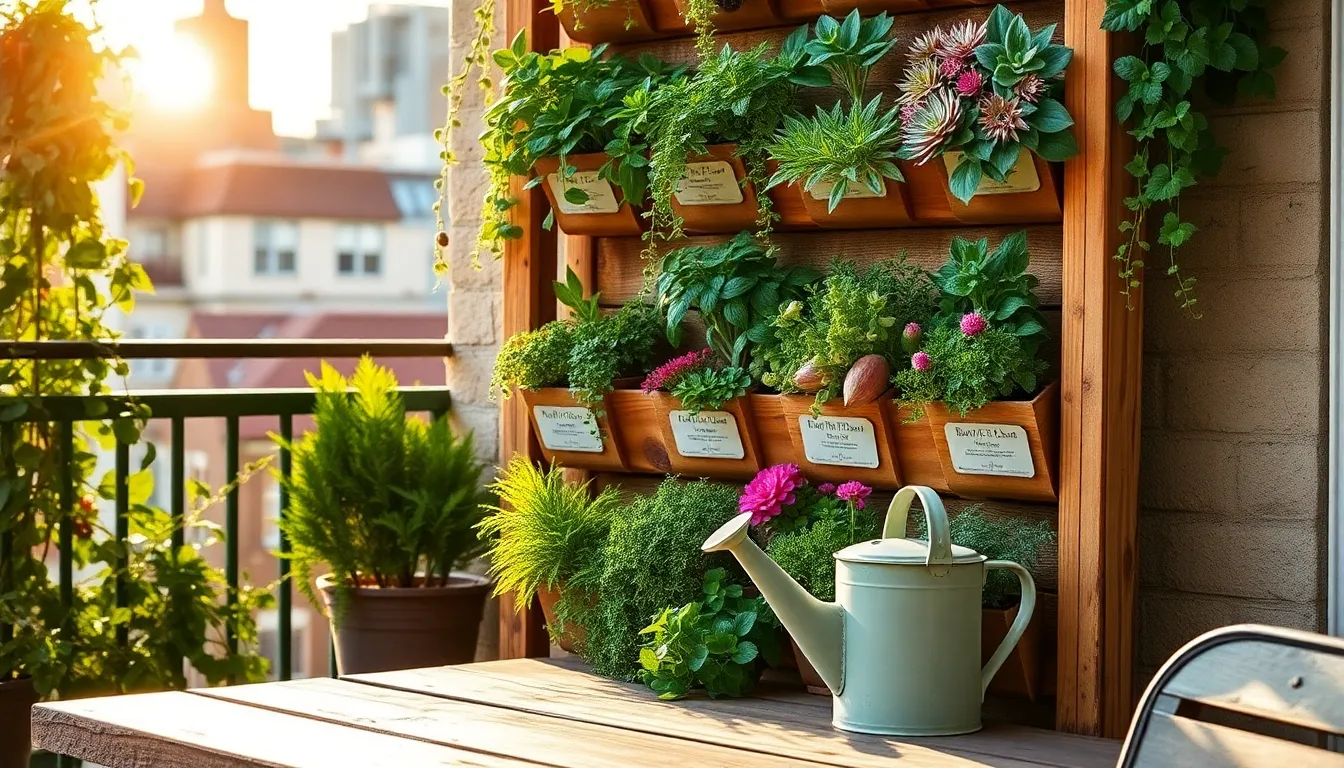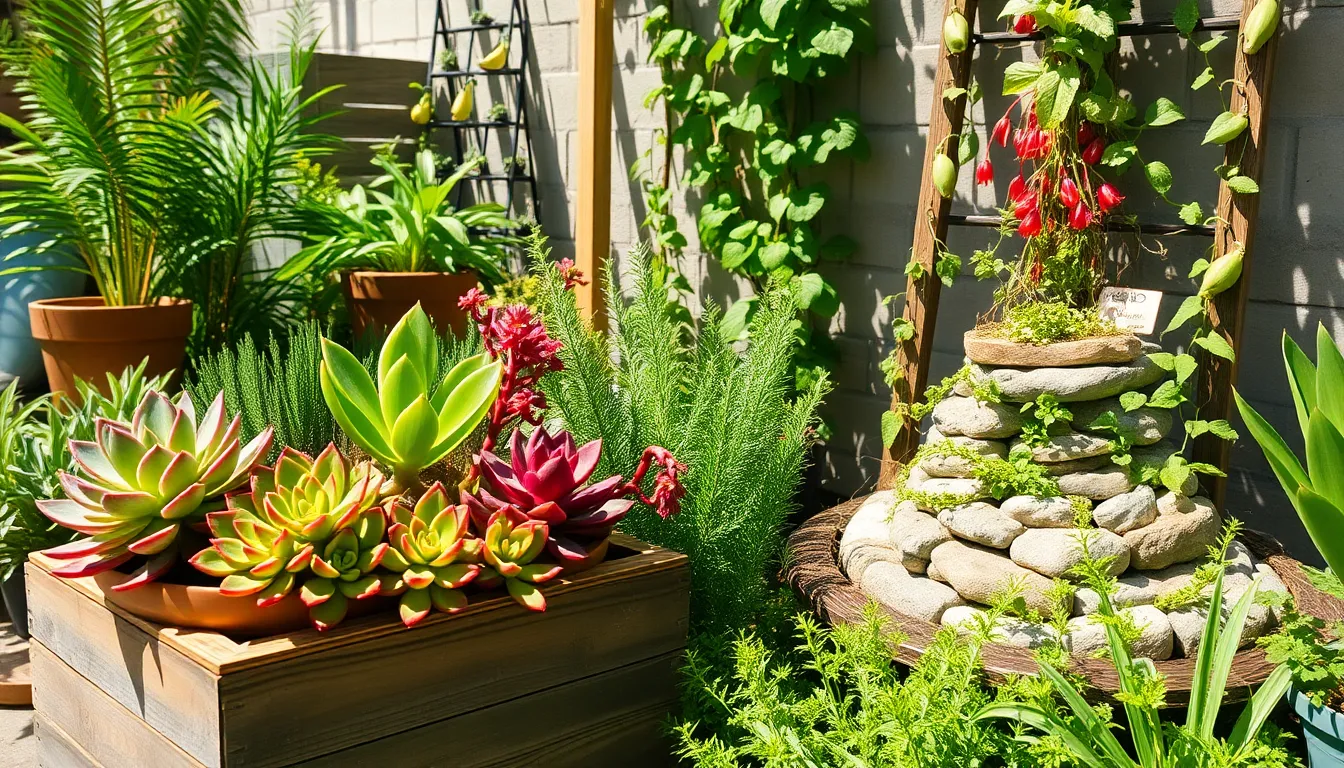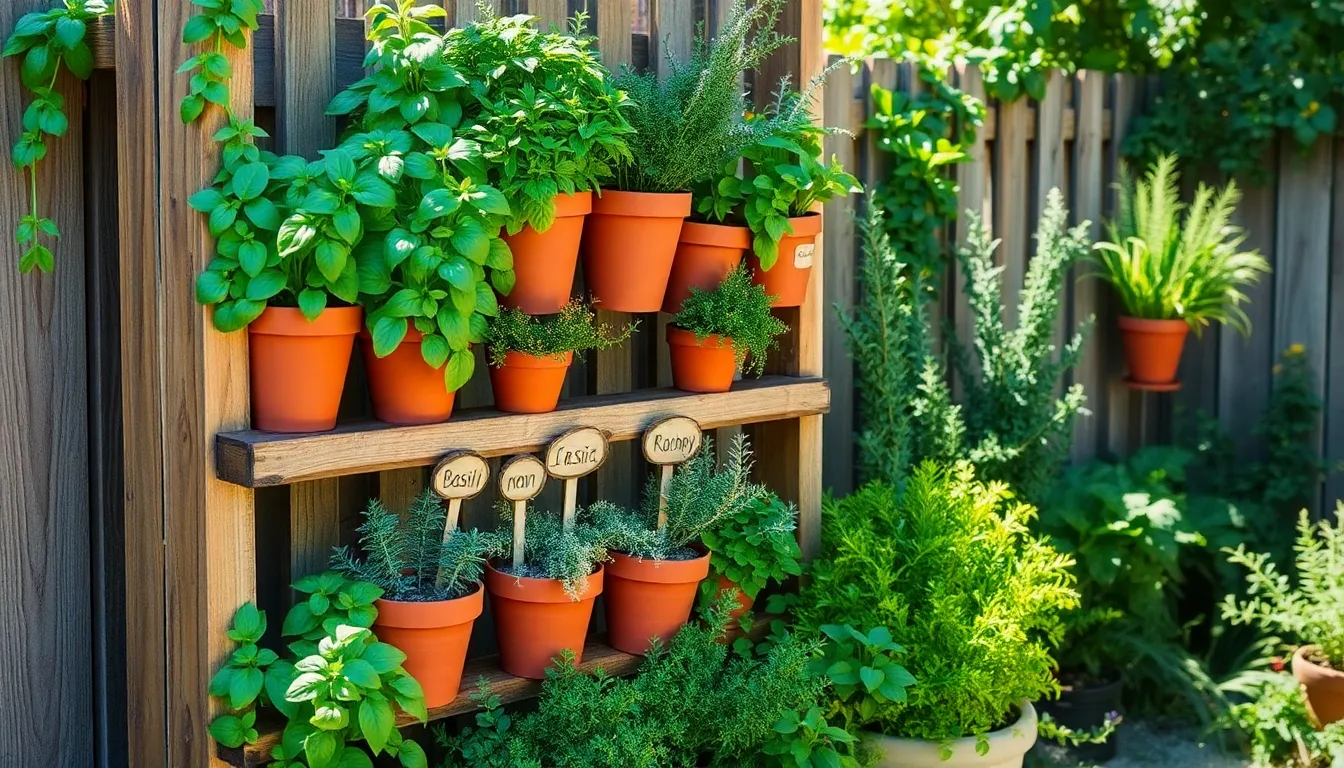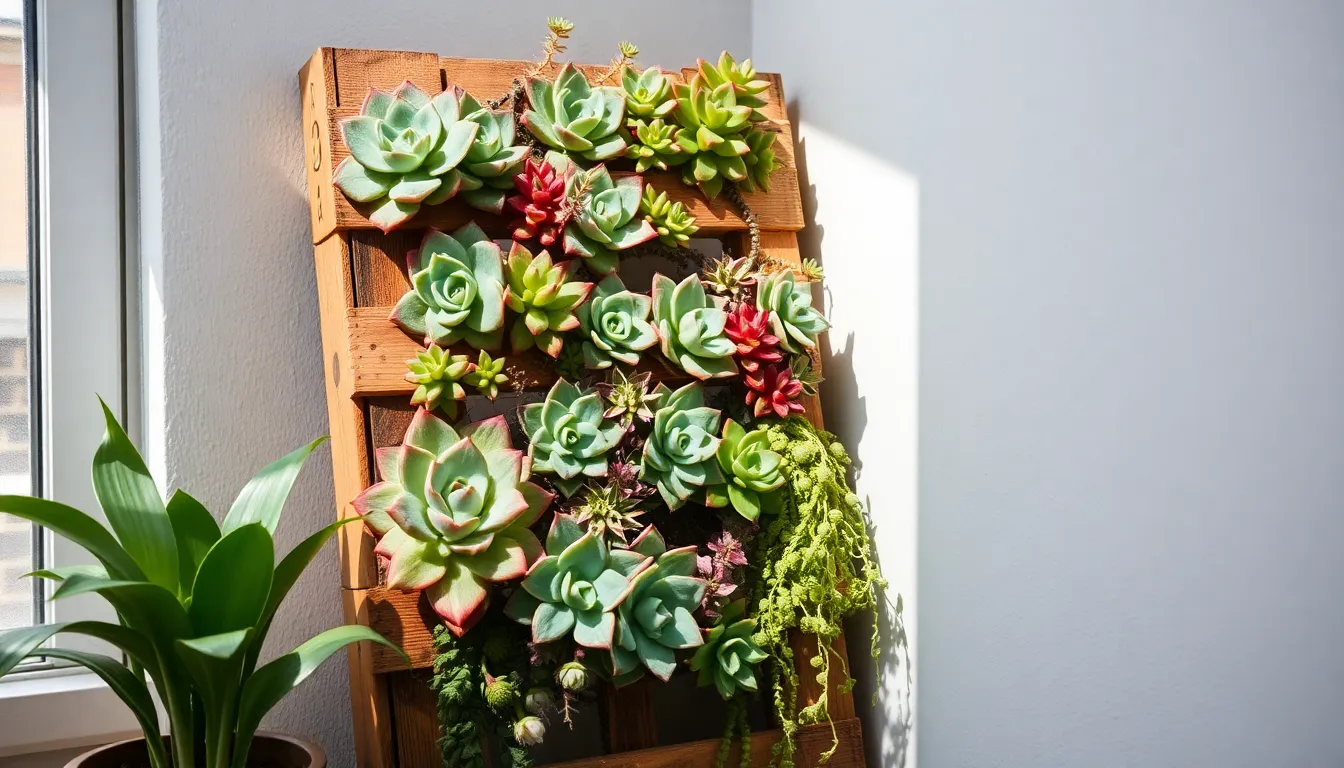In the ever-evolving world of gardening, the vertical garden stands out as a delightful blend of creativity and practicality, offering a lush escape for both the green-thumbed novice and the seasoned horticulturist. Whether you’re looking to maximize your urban balcony’s potential or add an innovative touch to your backyard oasis, vertical gardening is the key to transforming small spaces into vibrant, living walls of green.
For those just starting their gardening journey, the concept of growing upwards rather than outwards opens up a realm of possibilities that might have seemed out of reach. Experienced gardeners, on the other hand, will appreciate how vertical gardening challenges traditional perspectives, pushing the boundaries of how we cultivate and enjoy our plants.
In this article, you’ll discover the essential tools and techniques needed to create your own vertical paradise, from selecting the right plants to understanding the structural designs best suited for your space. We’ll guide you through the process of installation and maintenance, ensuring that your living wall thrives, bringing life and beauty to your home in ways you never imagined. Whether your goal is to grow herbs for your kitchen, create a privacy screen, or simply indulge in the sheer joy of gardening, the vertical approach offers a rewarding path forward that is as sustainable as it is inspiring.
Select an Ideal Wall Space
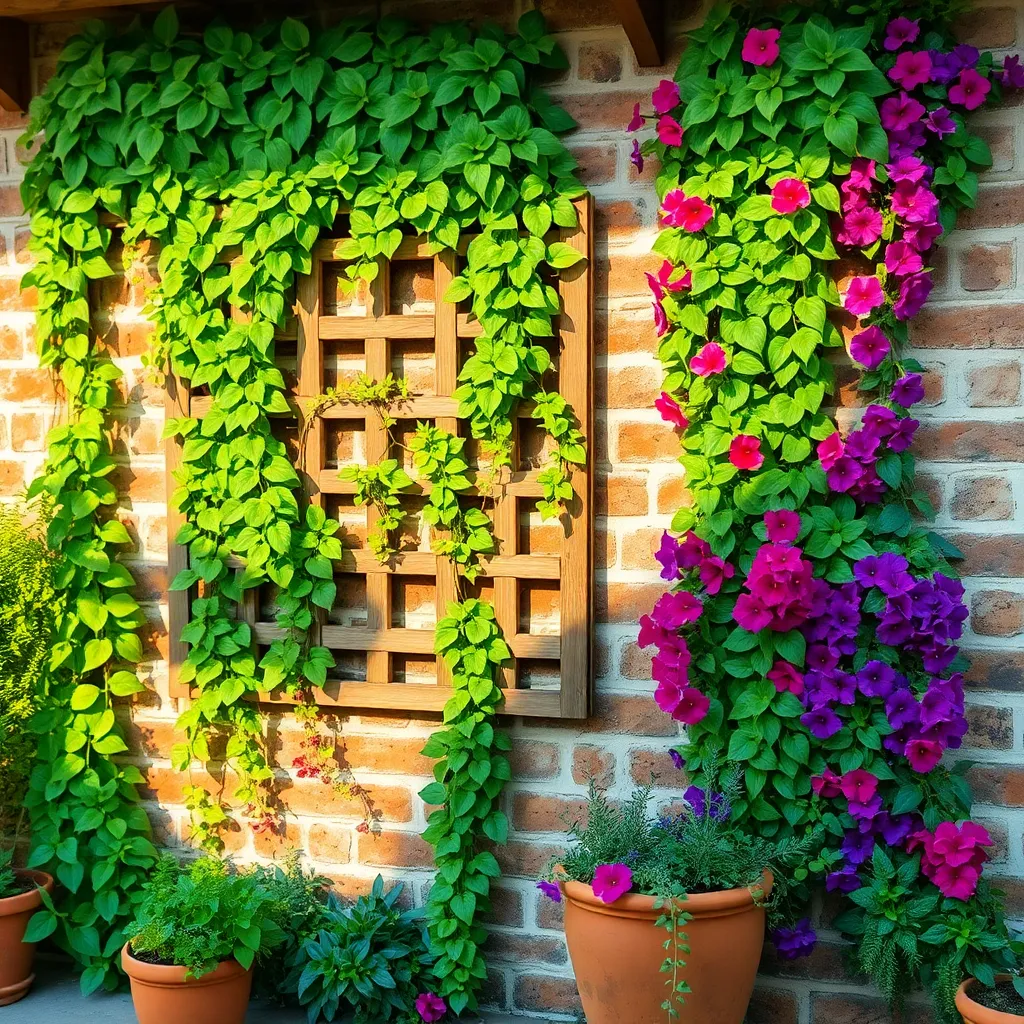
To create a successful vertical garden, begin by identifying a suitable wall space that receives the right amount of sunlight. Most plants thrive with at least six hours of sunlight daily, so choose a wall that faces south or west for optimal light exposure.
Consider the structural integrity of the wall before installation. A vertical garden can be heavy, especially when plants are watered, so ensure the wall can support the additional weight.
Accessibility is key when it comes to maintaining your vertical garden. Select a wall that allows you to easily reach and water the plants, as well as perform regular maintenance like pruning and pest control.
For those living in smaller spaces, an indoor wall can also be transformed into a vertical garden using artificial grow lights. Ensure the wall has access to power outlets for the lights and is protected from excessive moisture to prevent damage.
Gather Essential Gardening Supplies
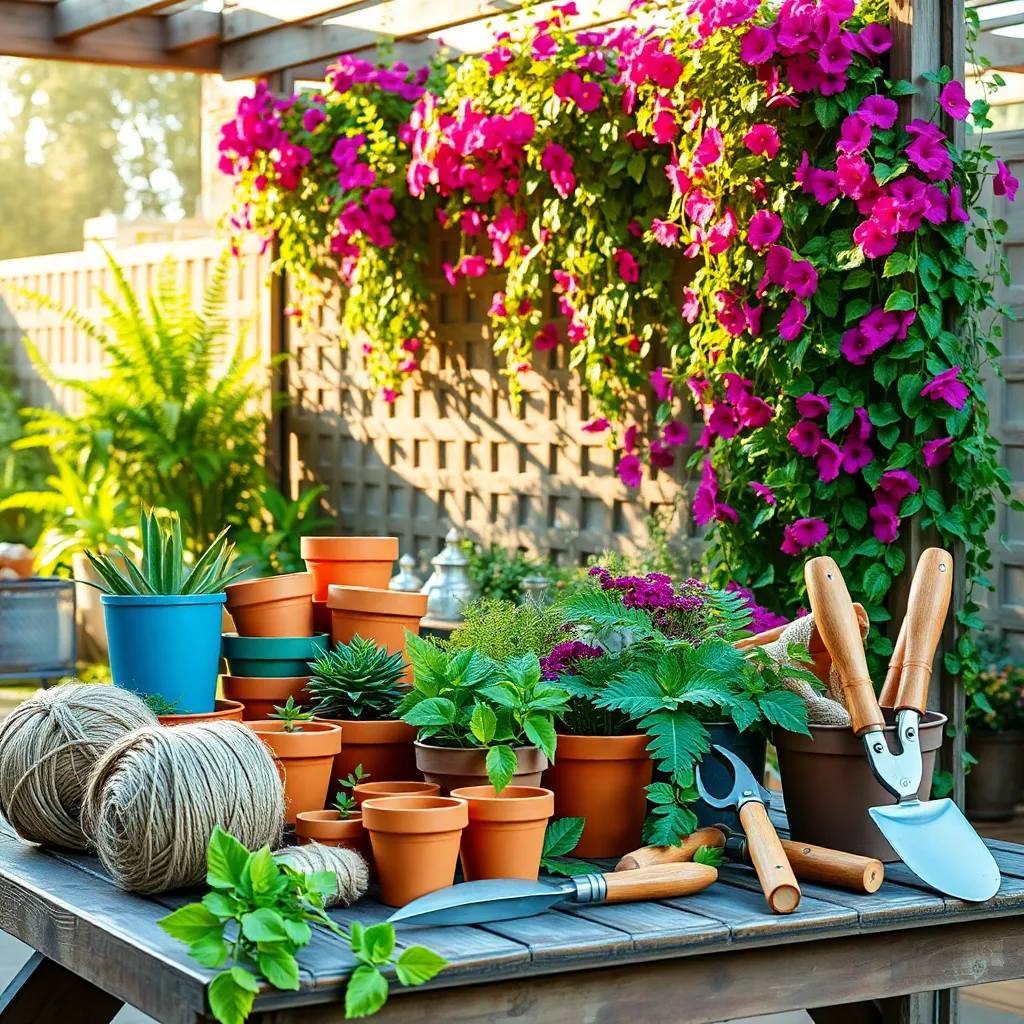
Before you start your vertical garden, it’s essential to gather the right supplies to ensure success. Begin with a sturdy frame or support structure, which will be the backbone of your vertical garden system. You can purchase pre-made structures or, for the DIY enthusiast, build one using materials like wood or metal. Ensure the structure is strong enough to hold the weight of the plants and soil.
Next, you’ll need to select the appropriate containers or pockets for planting. Consider using felt pockets, wooden boxes, or even recycled materials like old shoe organizers. These containers should have adequate drainage to prevent waterlogging, which can harm your plants. If you’re using pots, drill holes in the bottom and line them with landscape fabric to retain soil while allowing excess water to escape.
Soil selection is crucial in a vertical garden, as it influences plant health and growth. Opt for a lightweight potting mix that includes components like perlite or vermiculite to enhance aeration and drainage. Avoid using garden soil directly, as it can be too heavy and compact, making it unsuitable for vertical setups. Mixing in some slow-release fertilizer can provide essential nutrients over time, supporting vibrant plant growth.
Watering your vertical garden efficiently is key. Consider installing a drip irrigation system that can deliver consistent moisture directly to the roots. This system can be automated to suit the needs of your specific plants and reduce maintenance time. For those on a budget, using a spray bottle or watering can with a narrow spout can also be effective, though it requires more frequent attention.
Install a Sturdy Support Structure
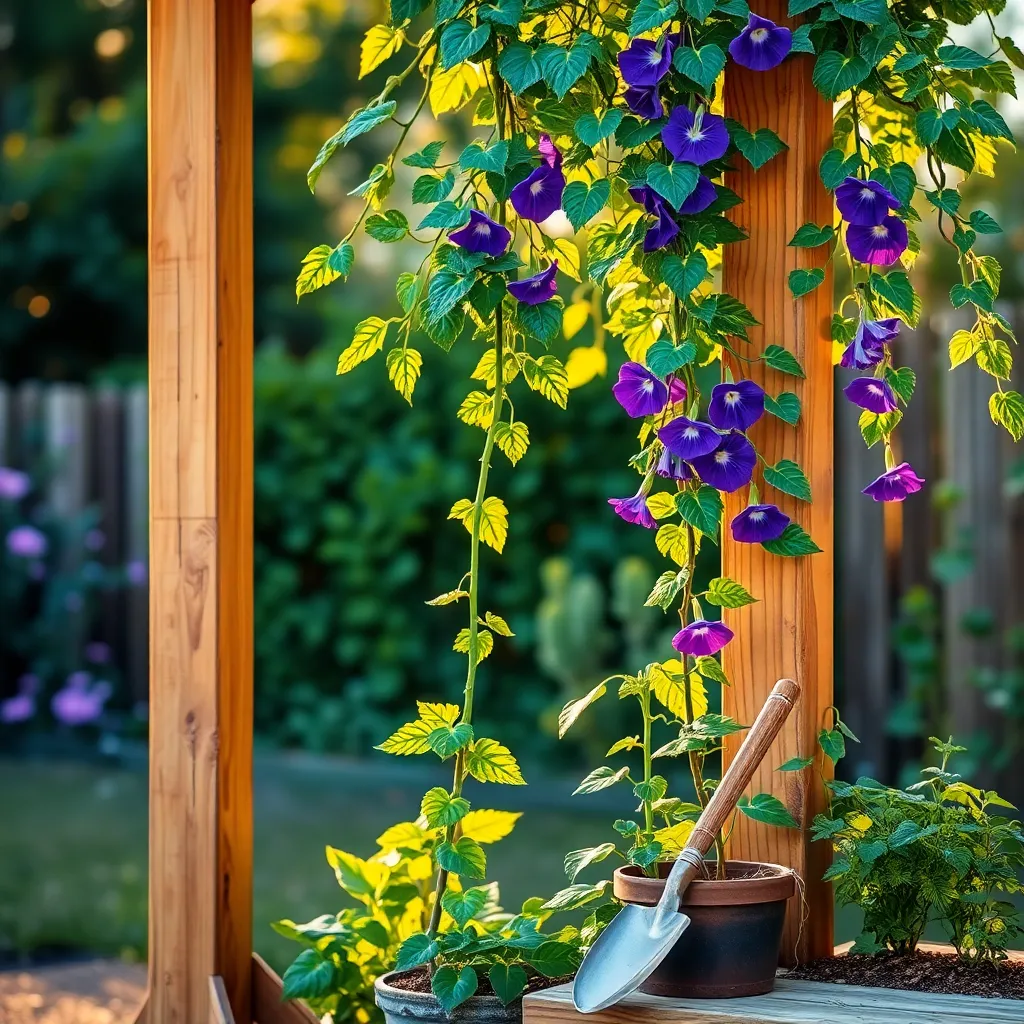
When creating a vertical garden, the first step is to install a sturdy support structure that can hold the weight of your plants. Choose materials such as metal, wood, or durable plastic that are resistant to weather conditions and can support the growth of your plants over time.
Consider the specific needs of the plants you intend to grow when selecting your support structure. For instance, heavier plants like tomatoes require a more robust framework, whereas lighter plants like herbs can thrive with simpler setups.
To ensure stability, anchor your support structure securely into the ground or onto a wall. You might use screws, brackets, or stakes depending on your setup, and ensure it’s level to prevent any toppling as the plants grow.
Once the structure is in place, think about the positioning of your plants for optimal sunlight exposure. South-facing structures generally receive the most sunlight, which is ideal for sun-loving plants like peppers and tomatoes.
For advanced gardeners, consider incorporating a trellis or a wire grid into your design. This addition allows climbing plants like beans or cucumbers to grow vertically, maximizing your space and enhancing the aesthetic of your garden.
Choose Suitable Plant Varieties
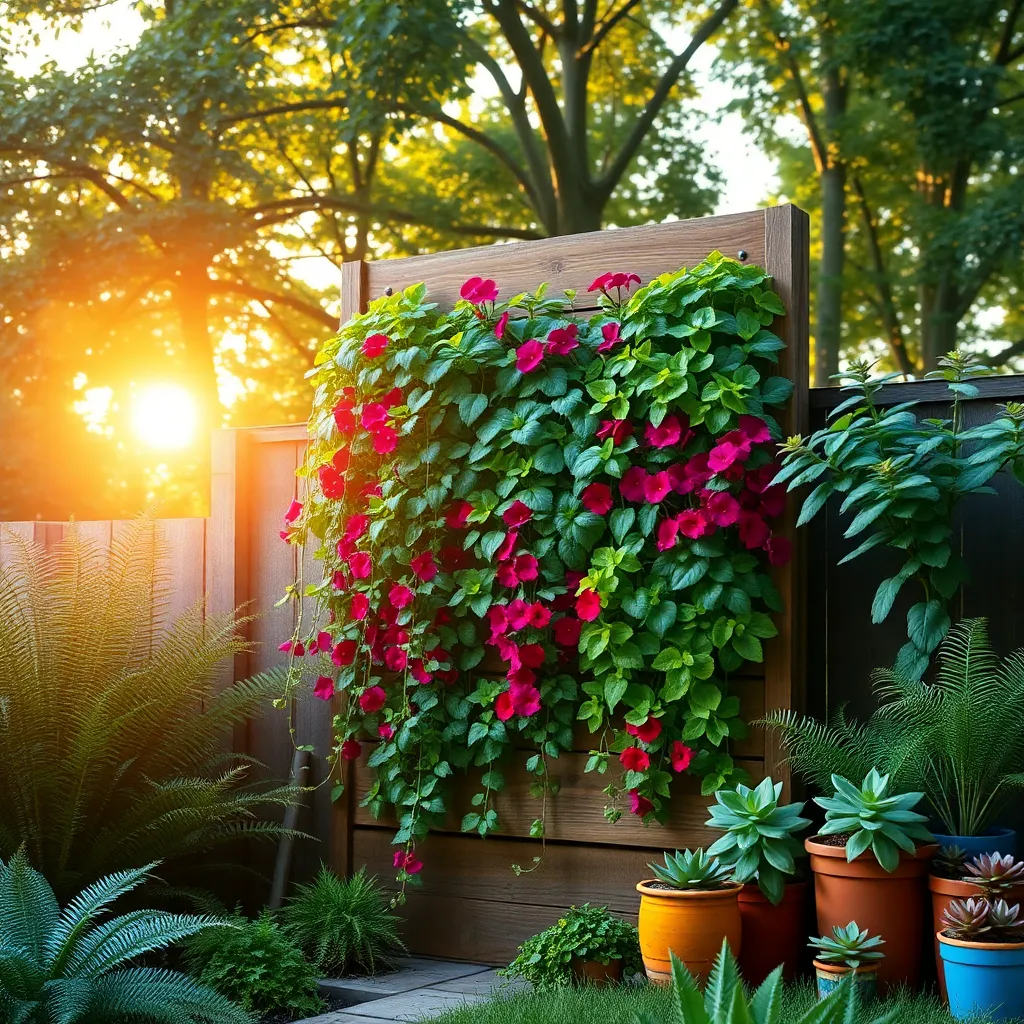
Choosing the right plant varieties is crucial for the success of your vertical garden. Opt for plants that thrive in the available light and climate conditions of your space. Consider starting with easy-to-grow plants like herbs, which can adapt well to vertical environments. Basil, mint, and thyme are excellent choices for beginners, needing minimal care and thriving in well-drained soil.
For those looking to add a touch of color, flowering plants can be a great addition. Petunias and nasturtiums are vibrant options that do well in vertical gardens. Ensure these flowering plants receive adequate sunlight, ideally six hours a day, and water them regularly to maintain their blooms. Advanced gardeners might explore trailing varieties, like ivy or sweet potato vine, for an added visual effect.
If you’re interested in growing vegetables, look for compact or dwarf varieties. Cherry tomatoes and small peppers are productive and can thrive in vertical setups. These vegetables typically need sturdy support and a nutrient-rich potting mix to yield the best results. Regular feeding with a balanced fertilizer can boost their growth and fruit production.
Experiment with different plant combinations to see what works best in your unique environment. Succulents are low-maintenance choices that can add texture and interest to your vertical garden. Keep in mind that succulents require well-draining soil and infrequent watering, making them a practical choice for sunny, dry spots. By carefully selecting suitable plant varieties, your vertical garden will not only thrive but also become a stunning focal point in your home.
Properly Arrange and Plant Seeds
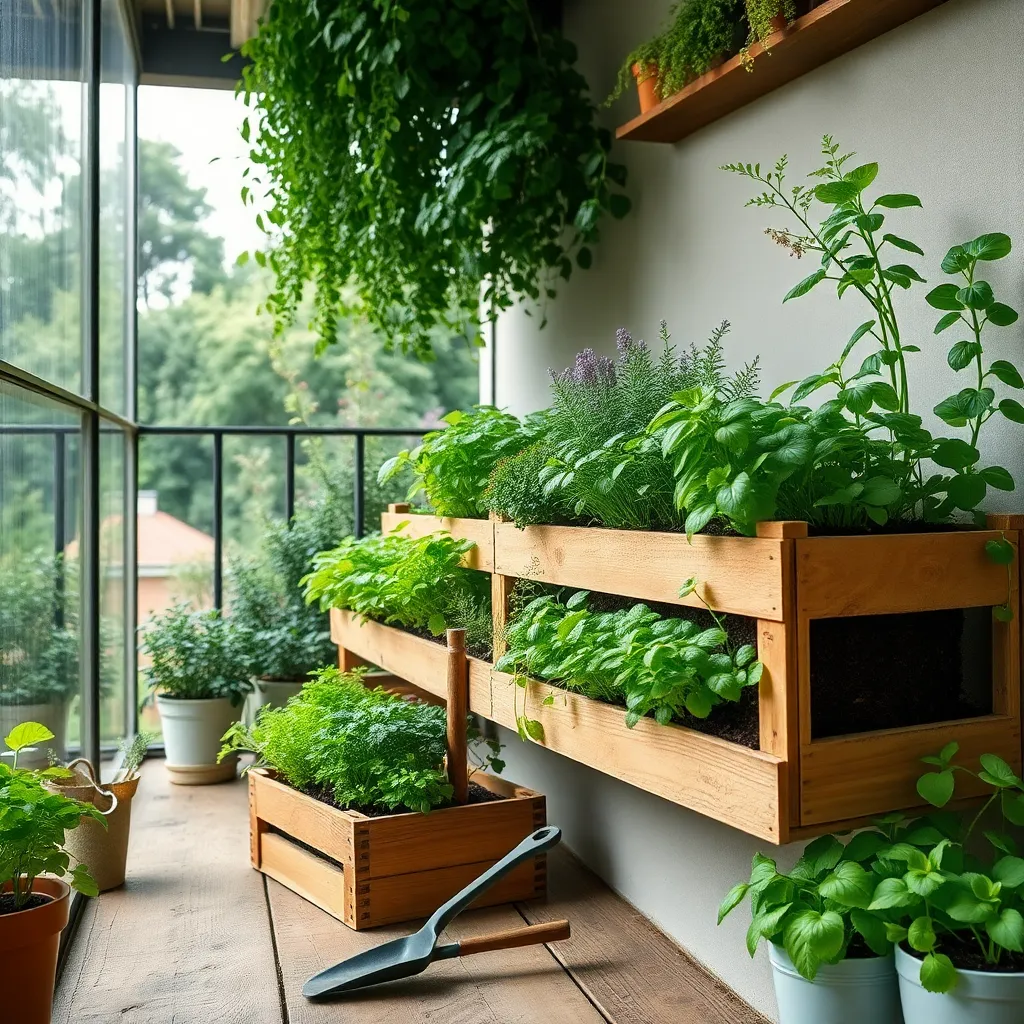
When creating a vertical garden, arranging and planting seeds correctly is crucial for success. Start by selecting a high-quality potting mix that provides adequate drainage and essential nutrients, as vertical gardens tend to dry out quickly.
Begin by moistening the soil slightly before planting to ensure even water distribution. Use a small trowel or your fingers to create shallow indentations in the soil, following the specific planting depth guidelines for each seed type.
Spacing is key in a vertical garden to prevent overcrowding and encourage healthy growth. As a general rule, position seeds or seedlings according to their mature size, allowing adequate space for roots to expand and access nutrients.
Consider the light requirements of each plant when arranging your seeds. Place sun-loving plants on the top tiers where they receive the most sunlight, while shade-tolerant varieties can thrive in lower sections where light may be limited.
To maintain optimal moisture levels, water your vertical garden regularly, ensuring the soil remains consistently damp but not waterlogged. Drip irrigation systems can be a valuable addition to ensure even water distribution across all levels of your vertical setup.
Conclusion: Growing Success with These Plants
As we explored the enriching journey of creating a vertical garden at home, we delved into five key relationship concepts: nurturing growth together, cultivating patience, celebrating small achievements, adapting to change, and fostering a supportive environment. These principles not only apply to your blossoming garden but also to the nurturing of your personal relationships. By mirroring the care and attention a garden requires, you can cultivate deeper connections with loved ones.
To start applying these concepts today, why not embark on a small gardening project with a partner or friend? Choose a plant, design your vertical garden space together, and experience the joy of shared creation. This simple act can spark meaningful conversations and strengthen your bond.
Remember, your journey towards relationship success is just beginning. Bookmark this article as a resource to revisit these concepts and remind yourself of the parallels between gardening and relationships. As you continue to nurture both your garden and your relationships, envision a future where both flourish in harmony, bringing beauty and joy into your life. Embrace this opportunity to grow, one leaf at a time.

